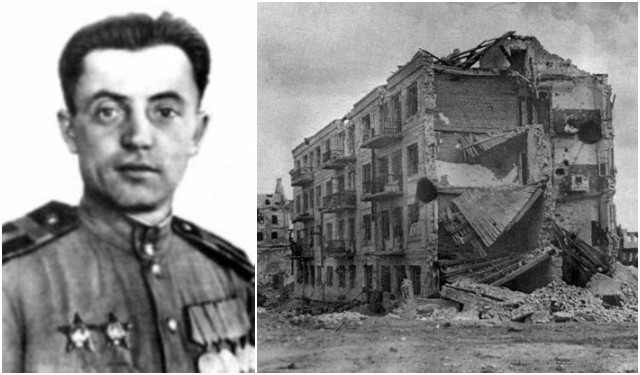On 23 August 1939, a neutrality pact was signed between Nazi Germany and the Soviet Union. It was agreed by the foreign ministers Joachim von Ribbentrop and Vyacheslav Molotov and became known as the Molotov-Ribbentrop pact. The treaty remained in force for two years, until Adolf Hitler broke it when he ordered an attack on Soviet positions in Eastern Poland.
The operation was called “Barbarossa” and it started on 22 June 1941. It was the largest and deadliest military operation in history and was probably the biggest strategical mistake made by the Germans in World War II.
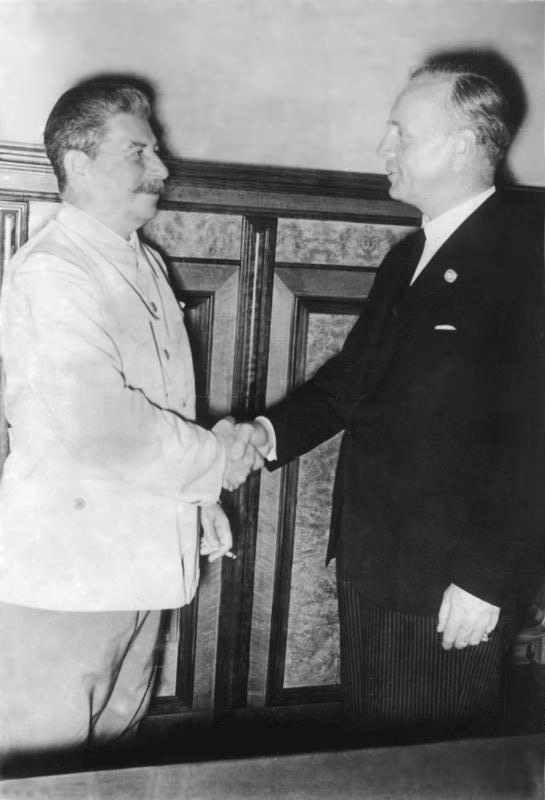
The Germans advanced all the way to the outskirts of Moscow but the Soviets pushed them back from the city in January 1942. Hitler now turned his attention to Stalingrad. From a strategic point of view, Stalingrad was very important to the Germans and also to the Soviets since it was the gateway to the oil-rich Caucasus and Baku regions. It didn’t take long for the Germans to arrive at Stalingrad. The Soviets had to convert every house, office building, factory, apartment, school building, and a pile of rubble into a fortified position.
A four-story apartment which overlooked a large square in the north-south center of Stalingrad was captured by the Germans and a 30-man Russian platoon was ordered to retake it. The men were led by 24-year-old Junior Sergeant Yakov Fedotovich Pavlov. It was a fierce fight and only four Russians survived. Pavlov and three other soldiers took control of the building and set about defending and fortifying it against German counterattacks.
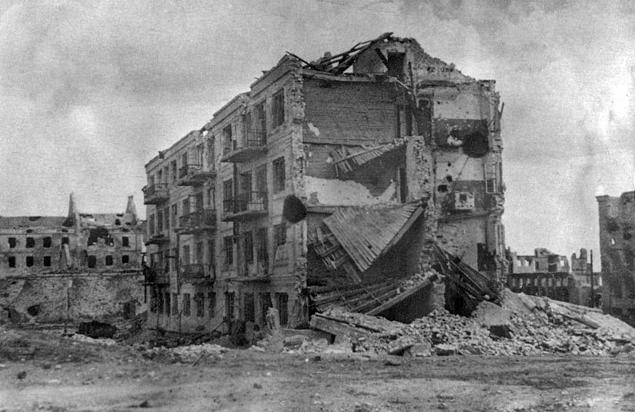
The building was a very strategically important position. It was placed at one end of the square and gave the defenders a clear line of sight to the north, south, and west. If the Germans wanted to occupy the square, they had to retake the building from Pavlov and his men. Pavlov was reinforced with some additional units. There were around 24 men in the house. They had a mortar, anti-tank rifles, and machine guns; they dug a tunnel to the Soviet positions through which they could be resupplied with artillery and food.
The German infantry, supported by tanks, was attacking the house several times a day trying to dislodge Pavlov and his men. But they weren’t an easy target. Pavlov himself is credited for destroying up to a dozen tanks with his anti-tank rifle during the siege.
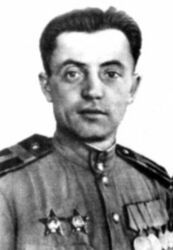
Pavlov and his men were killing so many Nazis that they had to sneak out of the building and move the German bodies that were piling up in the square to prevent the next German assault from seeking cover behind their dead comrades.
The Germans attacked the building several times a day for weeks and Pavlov and his men didn’t have much time to sleep. The supply line would be cut for days at a time and they would stay for days without food. However, the Germans still weren’t able to seize control of the building and the house was marked as a fortress on German maps.
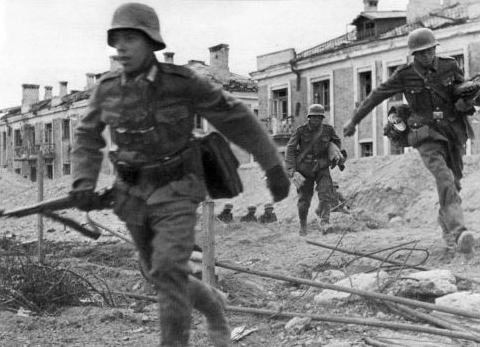
The Germans managed to destroy a wall of the house with a bomb, but still, they were not able to get the house. Pavlov’s house held out for two months from September 23 to November 25, when the Red Army counterattacked and they were relieved.
For months Pavlov’s house bought enough time for the Red Army to coordinate their attack on the Germans that ultimately led to Soviet victory in the Battle of Stalingrad. Pavlov and his men changed the direction of the war in the east and helped to ultimately bring about the destruction of the Nazi regime.
